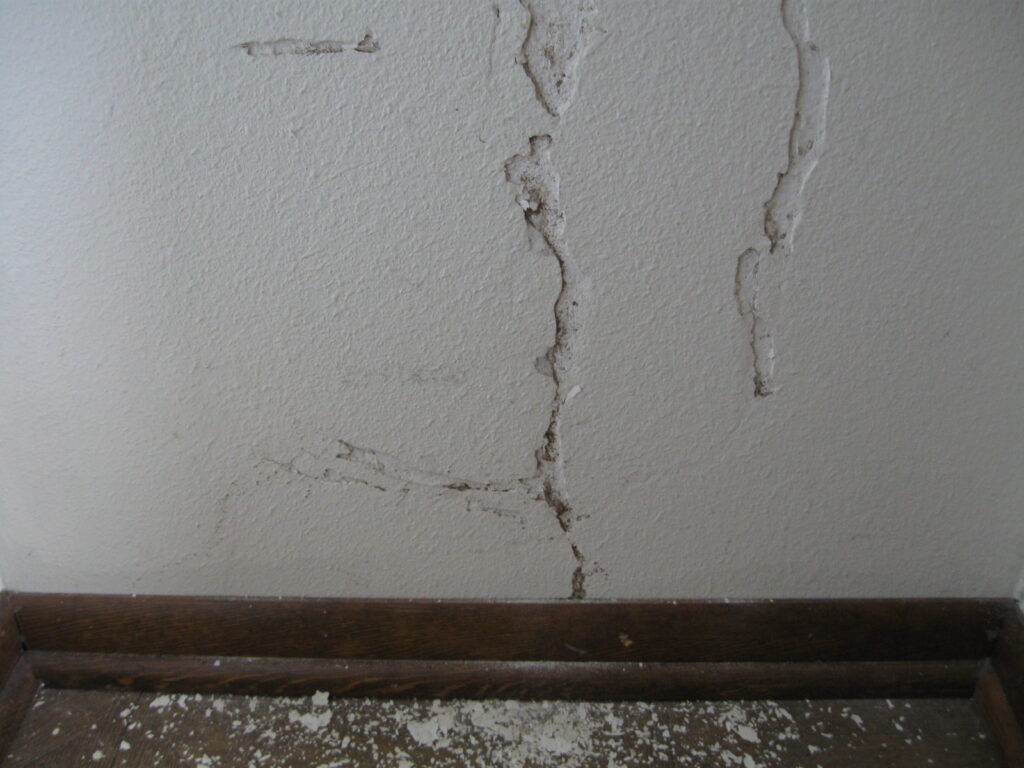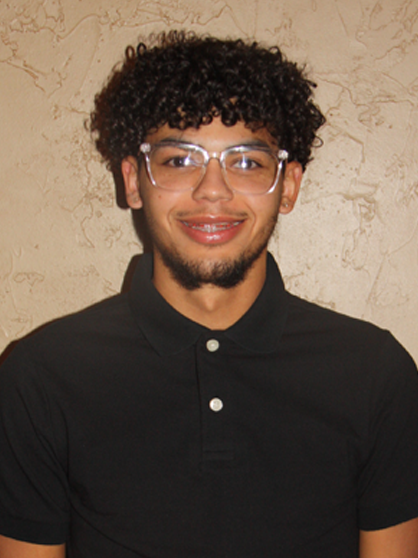Termite Sounds in Your Walls
How to Identify Termite Sounds
If you hear unusual noises in your walls, it’s natural to worry about termites. Termite sounds can be subtle, but they may signal a problem in severe infestations. Most termite activity inside walls goes unnoticed because termites are quiet and hidden.
Signs that the rustling may be termite sounds include:
-
Sizzling or Clicking – Soldier termites sometimes click their mandibles to warn the colony of danger. Severe infestations may produce a sound similar to sizzling bacon.
-
Wall Damage – Check for small holes, bubbling paint, or hollow-sounding wood.

What Rustling in Walls is More Likely To Be
Often, noises in walls are caused by other critters rather than termites. Common culprits include:
-
Rodents – Mice and rats frequently nest in walls and crawl spaces. Their movements, especially at night, can produce noticeable rustling.
-
Squirrels – Especially in attics, squirrels can create scratching and scampering noises.
-
Raccoons or Opossums – Occasionally, these larger animals take shelter in attics or wall voids, producing louder noises.
-
Birds – Nesting birds can cause chirping or rustling sounds near vents or openings.
Because termites are usually quiet, rustling alone is rarely a reliable indicator of an infestation.
Why Termite Sounds Are Rarely Heard
Even in infested homes, termite colonies remain largely hidden. Termites feed inside wood and other structures, making noise minimal. Only large, well-established colonies may produce faint clicking sounds.
-
Hidden Colonies – Termites prefer undisturbed wood inside walls or structures.
-
Nocturnal Activity – Termites are most active at night, reducing the likelihood of detection.
-
Sound Dampening – Drywall, insulation, and wood absorb noise, making sounds faint.
What to Do If You Suspect Termites
If you think your walls may harbor termites, acting promptly is essential. Steps include:
-
Schedule an Inspection – A licensed professional from Legacy can inspect your home thoroughly.
-
Look for Visible Signs – Check for mud tubes, damaged wood, or discarded wings near windows and doors.
-
Consider a Treatment Plan – Depending on the infestation, treatment may involve liquid termiticides, baits, or localized application.
-
Prevent Future Infestations – Seal cracks, reduce moisture near the foundation, and maintain a clear perimeter around the home.
Professional inspection is the most reliable way to confirm termite activity and prevent structural damage.
Why Choose Legacy
Legacy is a family-owned Arkansas company dedicated to protecting homes from termites and other pests. We combine expert knowledge, safe treatments, and personalized service to ensure your home remains pest-free. With our guidance, you can detect termite activity early and protect your family and property.
For more detailed information about termite detection and prevention, visit the National Pest Management Association termite page.
Summary on Termite Sounds
Rustling in walls is rarely termites; it’s usually rodents, squirrels, or other wildlife. But severe infestations can produce subtle termite sounds. Inspect for signs, schedule a professional inspection, and implement prevention strategies. Legacy Pest & Termite helps Arkansas homeowners detect and treat termite activity safely and effectively.















































































